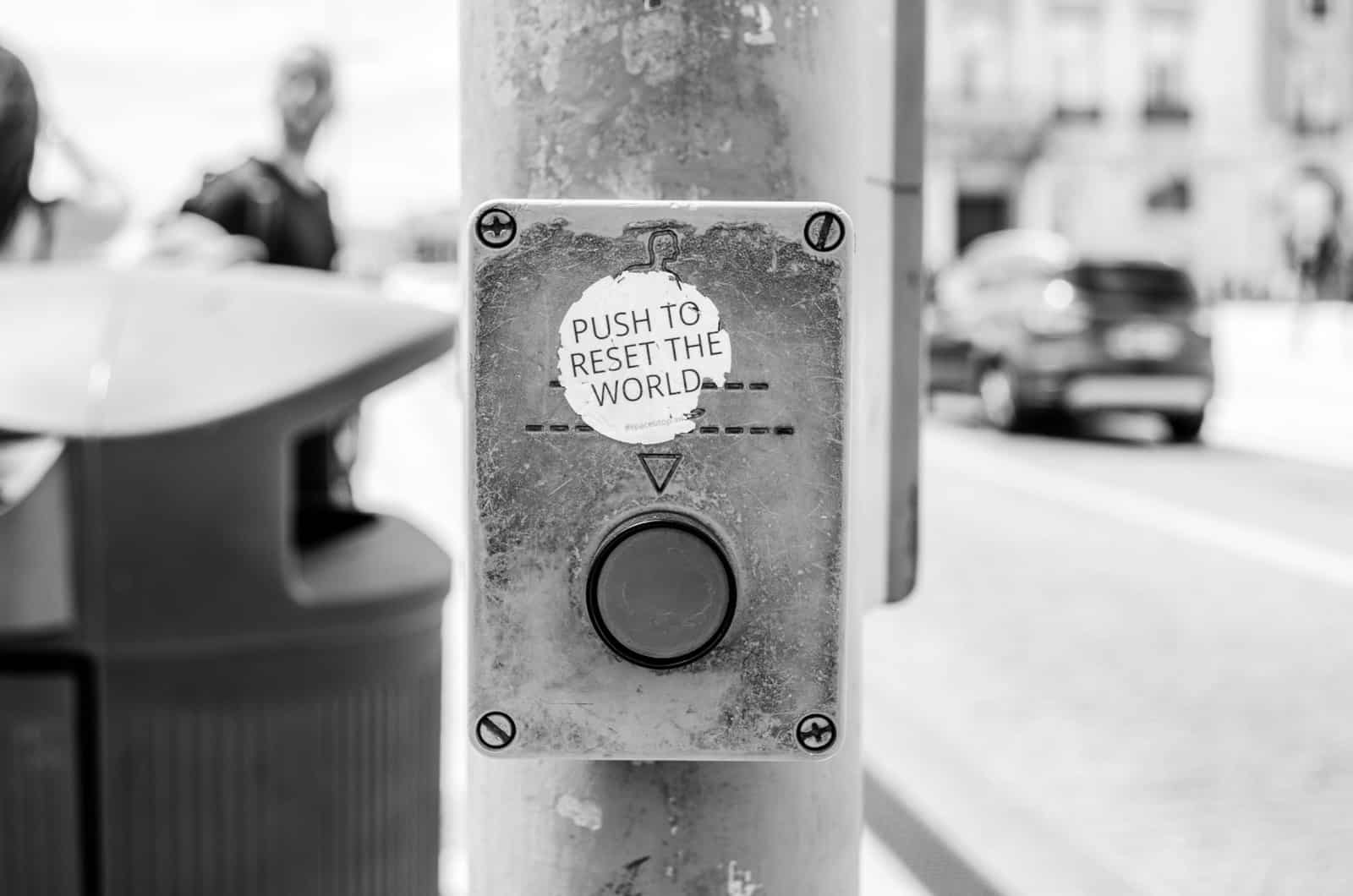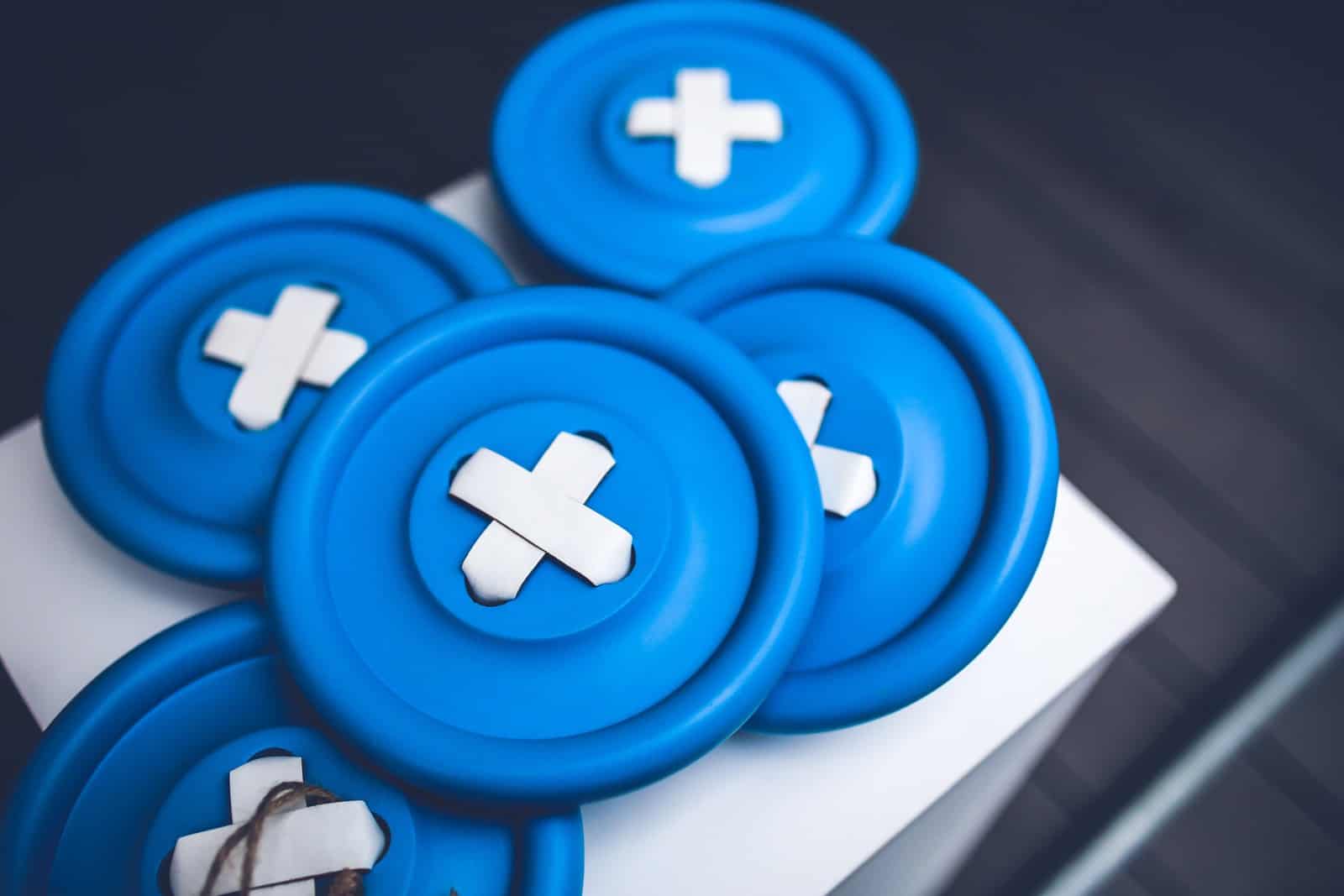Businesses use landing pages for numerous reasons, and it is crucial to have one. Implementing a landing page is especially helpful for businesses when they want to drive visitors to a certain section of their website, for example, or to use them to support their ad campaigns. Landing pages have also proven themself to be extremely capable of increasing leads, as well as increasing brand credibility or awareness. Last, but the most important role of a landing page is to direct a visitor to engage with a single task. It is possible for a talented WordPress designer to produce a cutting-edge landing page that will not only drive conversions, but also enhance the brand image of the client.
They work well for such things because unlike pages on your main website, landing pages are built for a single, specific function in mind, and are a good tool to increase conversions.
Knowing these advantages, it’s very important to create a landing page that actually converts and gets a visitor to do what you intended for them. To help you craft the perfect landing page, we’re offering you X tips across Y elements to help you make the most of landing pages.
The elements we’ll cover are:
- Landing page design
- Landing page copy
- Landing page CTAs
- Conversion Tips
- Best Practices
Let’s get started.
Landing page design
Attention Ratio
This is probably the most critical design decision that reflects on a landing page’s ability to convert, so if USA is your country of residence, you should definitely check out how pros do their thing and resort to a UX agency San Francisco.
Attention ratio is basically the number of links your visitor can click on a landing page versus the number of links a visitor should click.
For a landing page, an ideal scenario is where there is no other link except the main CTA button. In such a case, the attention ratio is 1:1. A user can only click on one link, and this is the main link you want them to click.

As a general rule, the lower the attention ratio, the higher you can expect your conversion rates to be.
The reason is that if you offer a lot of clickable items on your landing page, chances are your visitors might click them and end-up elsewhere without signing up or buying something from you.
To back this up, Unbounce directed an A/B test for a landing page. In sample A, they had an attention ratio of 10:1 (meaning ten clickable links), and for sample B, the ratio was 1:1.
Not surprisingly, the landing page with a 1:1 attention ratio had a 31% higher conversion rate than the control variant.
Direction
The direction of your landing page decides how your visitors will experience the page. You can do this by paying attention to where you place your direction cues. These include the graphics, headlines, texts, formatting, and call-to-action buttons.
Ideally, all these elements should flow in an order where they eventually lead your visitor to the CTA.
The Journey should begin from a headline, take the user to the copy and images, which should ultimately guide to the call-to-action button, where the real magic (i.e., conversion) happens.
Landing page copy
The better you understand how your prospects behave, process information, and make decisions, the higher your chances of writing a copy that leads to conversions. A good landing page copy starts with a headline.

Your headline should:
- Quickly deliver your main point
- Should be relevant to the why the visitor opened the landing page
- Re-emphasize the visitor’s main motivation for visiting your page
- Have a compelling sub-heading that focuses on benefits
Next comes the main body of your landing page. Most people skim through the text, so its best to use simple, short, and clear writing with bullet points and formatting. This makes it easier for people to skim through.
Another tip is to write like a human. I know this sounds weird, especially when the person writing your copy is a human (we hope so).
Writing like a human means not writing in dry, strained, fluffy, or formal language. Connect to the people on a personal level and use language that is relatable. By writing the way you speak, using first-person and short sentences, your visitors will be more warm to your message.
Finally, a way to make sure your copy always delivers a punch is to A/B test it. Do it both for your headlines, and your body and CTA text.
The best way to do this is to change a single element of your copy at a time and test it against the original version. If you see a visible impact on the change in conversion rate, you can choose to discard or adopt the variation.
Landing page call-to-action buttons
Leading in from our section about design and copy, both these elements eventually guide your visitor to the all-important call-to-action button. This is the moment of truth where a visitor decides whether they want to sign up if your landing page was worth their time.

The purpose of this button is to elicit action from the visitor. To increase the chances of that happening, here are some tips you can follow:
- Keep the writing conversational and direct
- Use descriptive words to describe exactly what the visitors will get by clicking on the CTA. Avoid words like ‘read more’ and ‘learn more. They are boring and don’t offer anything substantial to a visitor
- Use contrasting colors and bold text for the CTA box to make it stand out from the rest of the page
- Keep the CTA separate from other elements on your landing page. If you group it too close to your copy, headline or images, visitors might skim over them
- Use ‘what’s in it for me’ approach when designing the CTA copy. This just means put yourself in the visitors’ shoes and think about what’s in it for them. If your CTA text delivers that point, they are more likely to sign-up.
Tips to increase your landing page conversion rate
Use social proof
Offering social proof on your landing page can be more powerful than numbers. We are hardwired to trust faces and stories more than rational facts.
People tend to feel more comfortable with a product if they see other people mentioning it positively. Not to mention social proof also lends credibility to your landing page.

To spruce up your landing page and make it highly converting, you can use social proof variants such as:
- Counters showing how many people have signed up or brought a product
- Testimonials that use actual reviews from customers, subscribers to instill trust in your offering
- Reviews from other reputable websites
- Company logos that are using your product
Remove social media links
No matter how nice they look, it is best not to use social media links on your landing page.
We discussed the attention ratio earlier and how it’s best to keep a minimum amount of links. Social media links are ‘leaks’ that will dampen your conversion rate.
Conduct adword analysis
In an effort to better understand your customers and increase your landing page conversion rates, it will serve you well to analyze AdWords data to identify the keywords and phrases behind your most successful ads, in addition to the search terms that led to your ads and the demographic data behind them.
As opposed to other landing page tips, this is more of a background task, but one that can greatly affect your conversion rates.
By analyzing this data, you’ll get a better idea of who your customers are. This allows you to specifically design landing pages that target them in terms of copy, headlines, formatting, and keywords.
When your landing page is suited directly for your target audience, you will enjoy higher conversion rates.
Landing page best practices
Speak to the heart first, head second
Consumers tend to make decisions with their emotions first, and then justify their decisions with data and functionality. The important point is always to speak to your visitor’s desires first.
To do that, make sure your headline immediately grabs attention and speaks to their emotional desires, or at least sparks some sort of emotional reaction.

This increases the chances of someone considering your landing page offer. The same stands true for your copy: focus more on the pain points or the benefits your visitors can acquire, rather than the features of what you’re offering.
Use engaging visual cues
Even if your offer is very compelling, but you don’t use any visuals to strengthen your message, your visitors might be dissuaded by walls of texts, so regardless if you’re using Pixlr, StockUnlimited or Depositphotos to obtain the images, you need to make sure that the visual aspects of your website remain alluring and catch attention.
Visuals can really strengthen your message and guide the visitor’s journey through your landing page. In some cases, adding videos have been known to increase conversion rates by 86%.
Some ways you can use visuals to spice up your message are:
- Use gifs to visualize your offer
- Format text using breaks, headlines, bold text, italics and underlining to make it look cleaner
Conclusion
A landing page is a great tool to support your ad campaigns, get new leads, and direct consumer actions. A lot of people get frustrated when they don’t witness the kind of conversion rates they desire, but hopefully, with the tips in this article, you can create the perfect landing page.
A high converting landing page has:
- User-focused design
- Compelling, user-centric copy
- Attention-grabbing, action-oriented CTAs
- Visual cues
For further inspiration, you can find some really great landing page examples here.